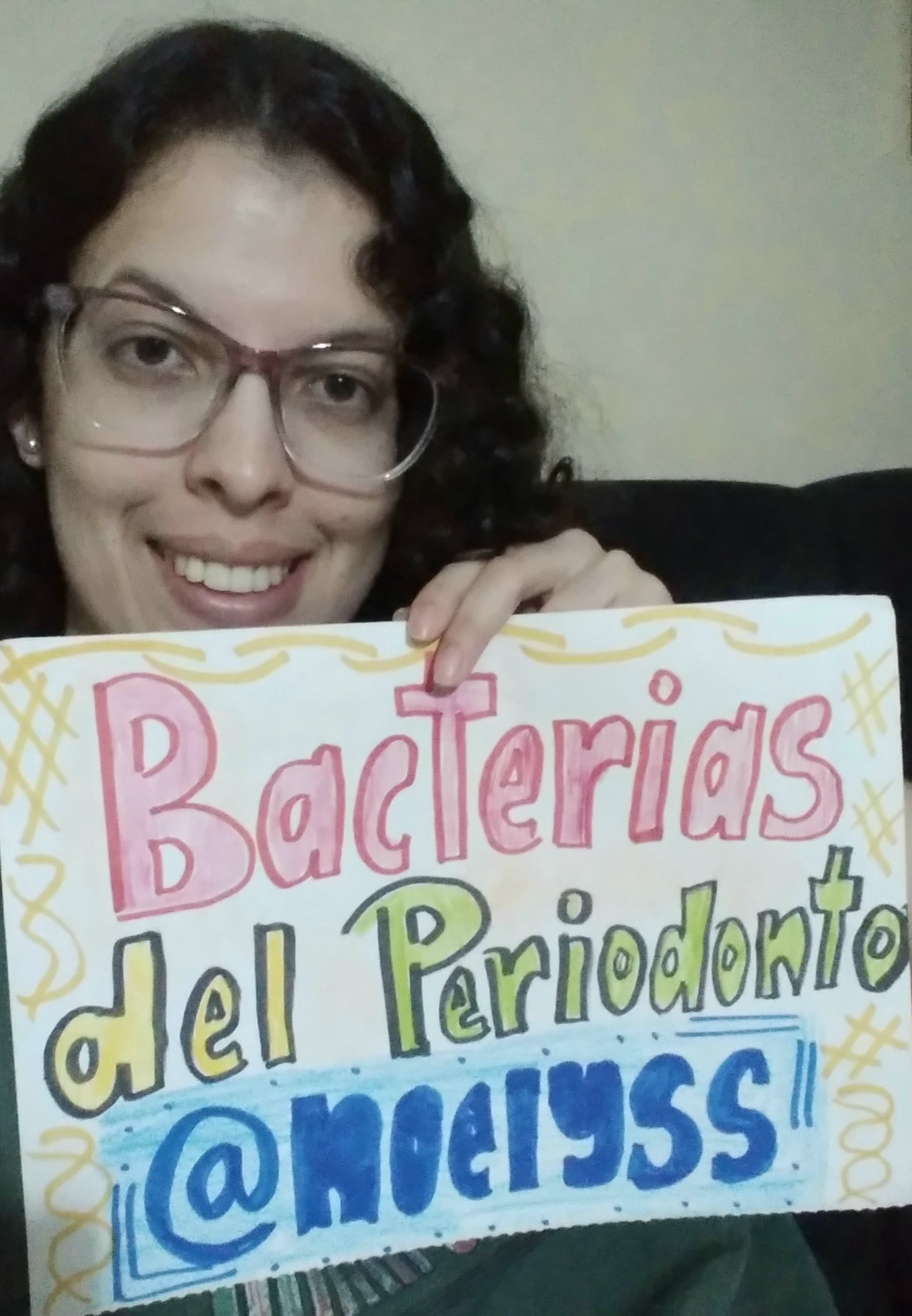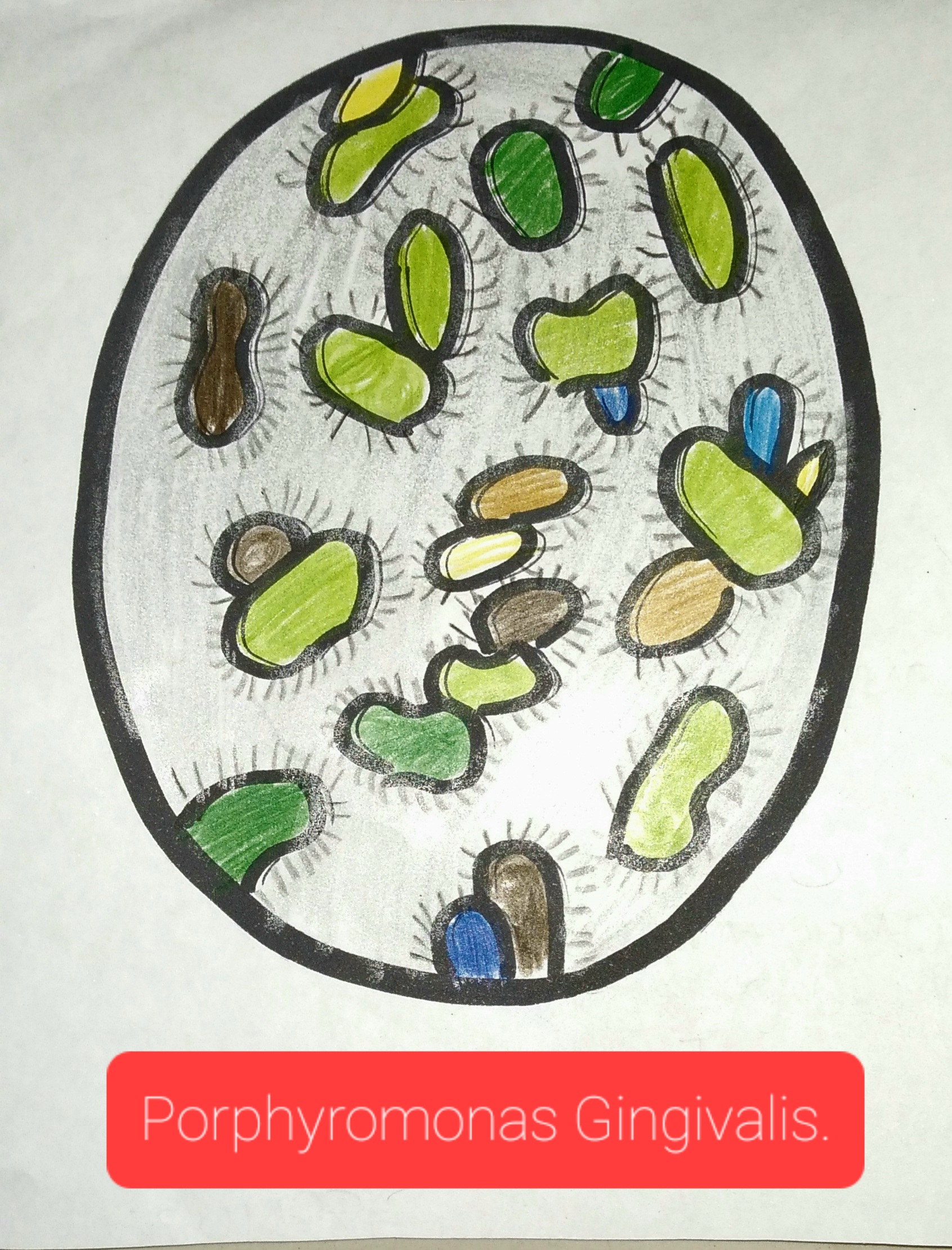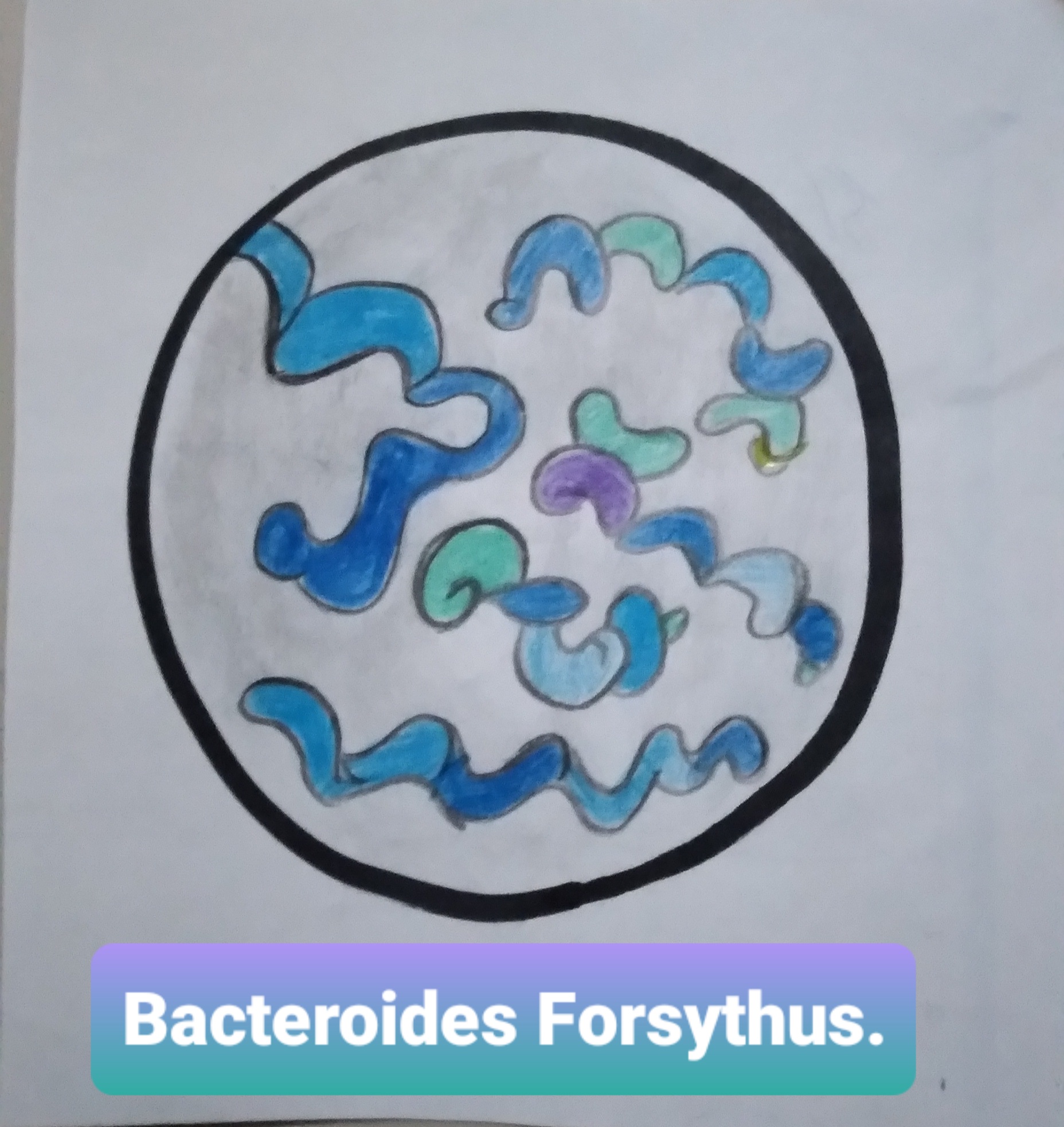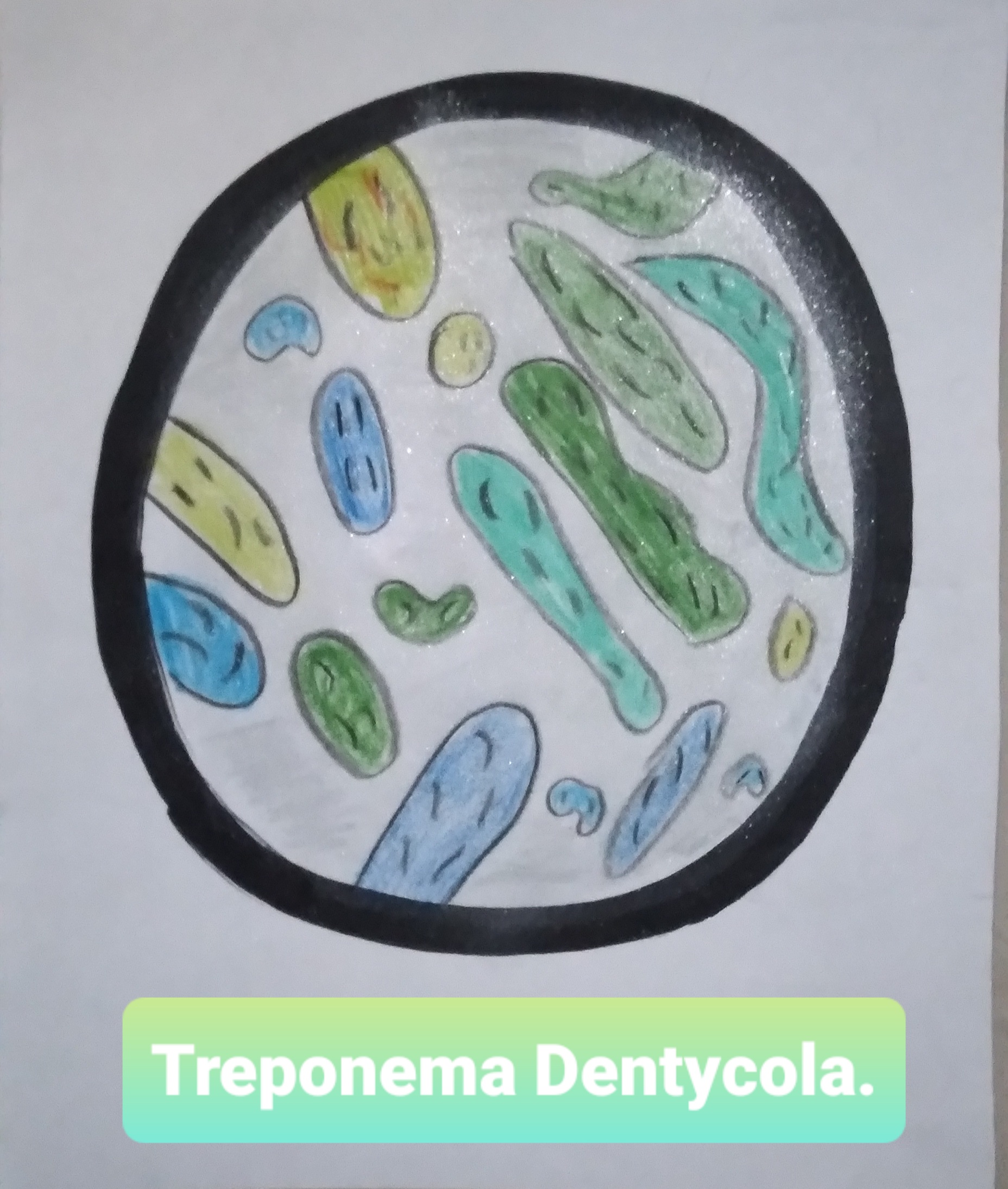¡Hola mis queridos amigos de Hive amantes de la ciencia!
¡Hello my dear science-loving Hive friends!
El periodonto es toda la estructura que esta alrededor del diente, lo rodea y garantiza soporte para que el mismo pueda estar en la boca, existen varias bacterias que se van hacer presente en sus tejidos de soporte del diente, las cuales habitarán en el, es necesario hacer énfasis en una adecuada salud bucal ya que las bacterias periodontales pueden afectar y comprometer otras partes del organismo, hasta causar una endocarditis bacteriana, por eso es de importancia la asistencia constantemente a consulta odontológica si padece de la misma, conoce cuales son estas bacterias.
The periodontium is the entire structure that is around the tooth, it surrounds it and ensures support so that it can be in the mouth, there are several bacteria that will be present in its supporting tissues of the tooth, which will inhabit it, it is necessary to emphasize proper oral health because periodontal bacteria can affect and compromise other parts of the body, to cause bacterial endocarditis, so it is important to constantly attend dental consultation if you suffer from the same, know what these bacteria are.
 Bienvenidos amigos de Hive.
Bienvenidos amigos de Hive.🦠Bacterias del Periodonto:
□ Porphyromonas Gingivalis:
Esta bacteria experimenta fermentación de aminoácidos para que así pueda tener energía metabólica, su color será negro pigmentado, teniendo un medio de cultivo(Espacio en la que las células se alimentan para desarrollar crecer y morir) agar en sangre, ya que tendrá una superficie totalmente hemólitica.
Tendrá un mecanismo que hará que esta no actúe en respuesta a su hospedero y también en la saliva, tendrá un papel como vector para transmitirse y ser colonizada en la cavidad bucal, en su morfología celular será una bacteria gram - pigmentadas, que para poder lograr su crecimiento debe estar en ambiente anaerobios, quiere decir que no necesita oxígeno.
La localización que tendrá será en el surco gingival, el cual va interactuar con gran parte de los tejidos de las encías, cabe destacar que es la especie más crónica presente en la enfermedad periodontal, es decir puede ser responsable en su causa, por lo que puede originar e inducir otras enfermedades sistémica que pueda comprometer la salud de nuestro cuerpo en general.
🦠Bacteria of the Periodontium:
□ Porphyromonas Gingivalis: **
This bacterium undergoes amino acid fermentation so that it can have metabolic energy, its color will be pigmented black, having a culture medium(Space in which the cells feed to develop grow and die) blood agar, as it will have a fully hemolytic surface.
It will have a mechanism that will make it not act in response to its host and also in saliva, it will have a role as a vector to be transmitted and colonized in the oral cavity, in its cell morphology it will be a gram - pigmented bacteria, which in order to achieve its growth must be in an anaerobic environment, it means that it does not need oxygen.
The location it will have will be in the gingival sulcus, which will interact with much of the gum tissues, it is noteworthy that it is the most chronic species present in periodontal disease, ie may be responsible in its cause, so it can cause and induce other systemic diseases that can compromise the health of our body in general.

□Bacteroides Forsythus:
Esta bacteria tendrá su habita en el área subgingival pero también esta en las amígdalas en las glándulas salivales y también en el dorso de la lengua, va formar células espumosa, cabe destacar que incide mucho en el cancer de estómago, y también se va aislar en aquellas personas que presentan vaginosis bacteriana.
Su morfología celular será de bacilos, pleomórfico siendo totalmente un anaerobio estricto que no podrá tener movimiento, será esporulado. Va estar relacionado en el progreso de la enfermedad periodontal debido a la respuesta que tendrá el huésped en los antígenos, también suele ser un factor virulento que puede contribuir el progreso rápido de la periodontitis.
Bacteroides Forsythus:
This bacterium will have its habitat in the subgingival area but it is also in the tonsils in the salivary glands and also on the back of the tongue, it will form foam cells, it is noteworthy that it has a great impact on stomach cancer, and it will also be isolated in those people who have bacterial vaginosis.
Its cellular morphology will be of bacilli, pleomorphic being totally a strict anaerobe that will not be able to have movement, it will be sporulated. It will be related to the progression of periodontal disease due to the response of the host to antigens, it is also usually a virulent factor that can contribute to the rapid progression of periodontitis.

□Treponema Dentycola:
Es una espiroquetas gram -, que va tener gran movilidad anaerobia de manera obligatoria, su membrana externa va presentar diversas variaciones, esta localizada en lengua, surco gingival y en los carrillos (mejillas) . La misma se hace presente sin importar la edad, esto es debido a los diferentes estados de la enfermedad periodontal, puede estar en niños y la dentición mixta.
Representará un 50% en la causa de la enfermedad en la enfermedad periodontal, actúa con otras bacterias responsable de la gingivitis, por lo que favorece la progresión de manera muy rápida en las personas. Esto es debido a las proteínas que tiene para colonizar.
🦠Treponema Dentycola:
It is a gram - spirochete, which will have great anaerobic mobility on a mandatory basis, its outer membrane will present several variations, it is located on the tongue, gingival sulcus and cheeks (cheeks). It is present regardless of age, this is due to the different stages of periodontal disease, it can be in children and mixed dentition.
It will represent a 50% in the cause of the disease in periodontal disease, it acts with other bacteria responsible for gingivitis, so it favors the progression very quickly in people. This is due to the proteins it has to colonize.

Referencia Informativa: Información obtenida y analizada por mi gracias a la Cátedra de Microbiologia, Universidad del Zulia, Facultad de Odontología, por la Doctora Suaneth Marín.
Informative Reference: Information obtained and analyzed by me thanks to the Chair of Microbiology, University of Zulia, School of Dentistry, by Dr. Suaneth Marín.

 créditos @doze
créditos @doze

Texto traducido en Deelp
Su post ha sido valorado por @ramonycajal